
Anne von Osterhausen
- The Origins of Permaculture
- What does Permaculture mean?
- Permaculture and Nature Restoration
- Permaculture Components
- Permaculture and Soil Restoration
- Permaculture and Biodiversity
- The Benefits of Permaculture on the Environment and People
- Success Stories
- Can permaculture be a scalable solution to feed the world?
- The Drawbacks of Permaculture
- Permaculture - Where to Start
- Glossary of Terms
Are you one of the people who are pulling up sleeves and stirring our green thumbs in the soil to re-learn how to grow our own food? Watching documentaries on soil regeneration, moving to the countryside, and going off-grid? One term that often comes up in combination with this is ‘permaculture’, with images of those ‘lazy gardeners’ picking ripe and delicious foods of all sorts as they wander barefoot through their home-grown food forests. What is this all about?
Let us shed some light on this buzzword to see what it means and how it can be applied in our daily lives, even if we do not want to get our denim-overalls covered in mulch.
The Origins of Permaculture
Permaculture derives from the terms ‘permanent’ and ‘agriculture’ (or culture). It was coined by Australians Bill Mollison and his student David Holmgren in their book ‘Permaculture One’ (1978), and influenced by indigenous farming techniques.
Mollison founded the Permaculture Institute in Tasmania, and was succeeded by his student, Geoff Lawton. The institute’s mission is to share knowledge and train people around the world to become leaders of sustainable development in their countries and communities.
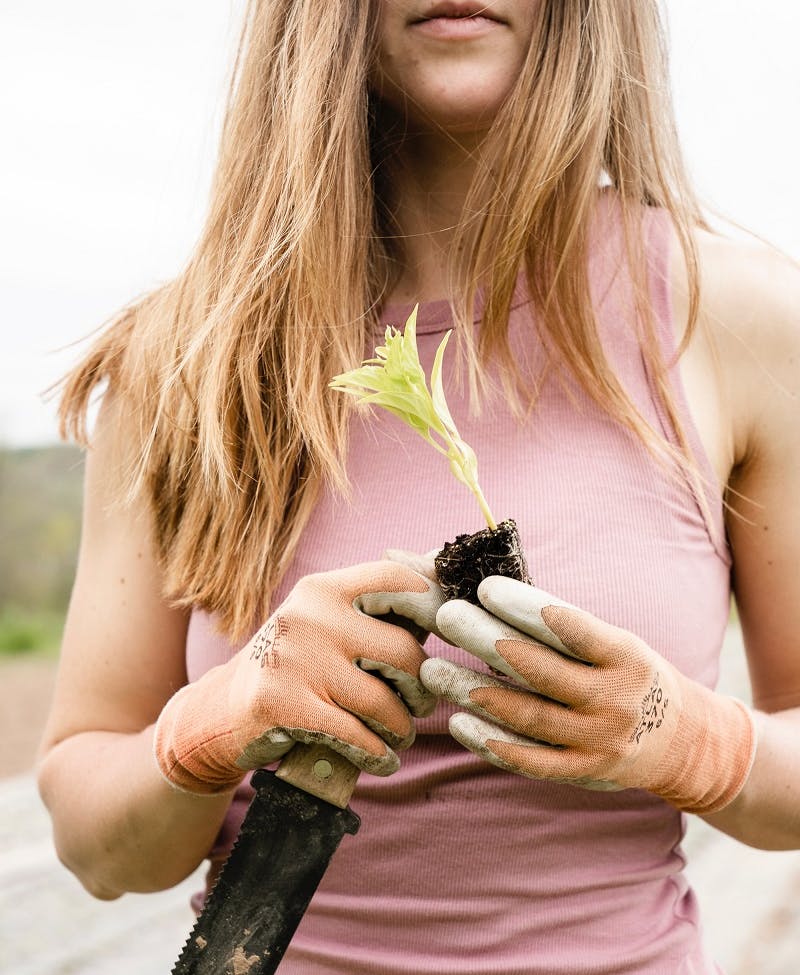
What does Permaculture mean?
Based on the three ethics of earth care, people care, and fair share, permaculture follows a set of 12 principles to create systems and designs to mimic nature and create and maintain diverse and resilient ecosystems with predominantly perennial agriculture that continuously feeds us humans.
Earth care refers primarily to soil. It is regarded as the best indicator for health and well-being of humans in the future and must be cared for before anything else.
People care or care for self indicates that humans are empowered to take responsibility for their own situation and actions.
When the earth and people are in balance, the resources available to us can be distributed fairly: setting limits to our consumption and re-using any surplus lives behind the concept of fair share; the idea that abundance exists in the world, and we are responsible for keeping this balance, to ensure long-term sustainability and profitability.
This may sound like a handful, but it is quite simple: Permaculture considers us as being connected with nature and we intend to live together without creating the negative impact we have made in the recent past.
The principles seem simple, yet universal at the same time: produce no waste; catch and store energy; observe and interact; use & value diversity (see further reading for a link to the full list). We are to adapt to the location we find ourselves in and find smart solutions, that serve a multitude of purposes, not harm anyone or anything in the long term; collaborate rather than compete, as we are all in it together.

Permaculture and Nature Restoration
Now, what do all these ethics and principles mean when growing our own food?
Everything starts with observation and planning with time. The more complex the project, the more planning and preparation needed. Here are some elements of permaculture, and what they mean:
Permaculture Components
Zones and Sectors:
When setting up shop following permaculture principles, you design geographical zones and sectors based around topography: water sources, wind, sunlight, and human activity; the goal is to create optimal efficiencies and usage. Herb gardens work best next to the kitchen, composts live within close access to the house, fruit orchards or food forests can grow a little further, needing less maintenance than the vegetable patch for the daily lunch salads.
Food Forests:
These interplanted ‘Gardens of Eden’ integrate the concept of maximizing functions – certain families of plants grow in different layers of canopies to create optimal usage of resources, provide each other with nutrients and retain soil health.
Water Management:
Permaculture first became a thing in Australia where droughts are common, and swales are an important practice there: a way to keep water from running off. Another means for this is mulching your garden beds.
Mulching also serves soil regeneration. Any organic matter available to the gardener can be used: dried leaves, grass clippings, straw. It does not only keep the soil moist for longer, but also protects it from direct sunlight and thus soil erosion, avoids weeds from growing, and feeds nutrients while decomposing – speaking of maximizing functions, can it get much better?
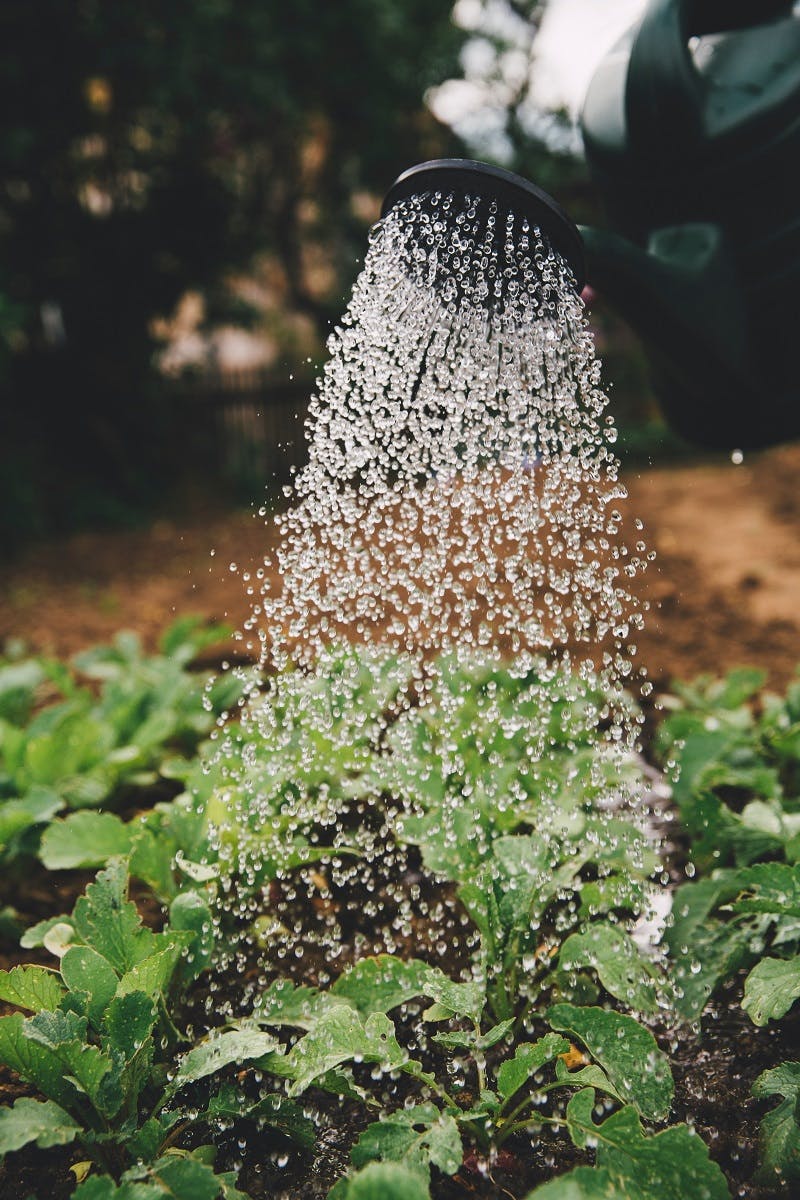
Permaculture land-use ethics invite us to protect intact ecosystems where they remain and, where ecosystems have been destroyed, to help restore them. Permaculture design also suggests that we take care of earth while taking care of people.
Juliana Birnbaum Fox

Take action now
Do you want to have a direct impact on climate change? Sir David Attenborough said the best thing we can do is to rewild the planet. So we run reforestation and rewilding programs across the globe to restore wild ecosystems and capture carbon.
Get involvedPermaculture and Soil Restoration
Did you know that there are about 50 billion microbes living in 1 tablespoon of soil? Bacteria, Actinomycetes, Fungi, Yeast, Protozoa, Algae and Nematodes, cohabit with arthropods and insects. That is a heck of a lot of life in 1 tablespoon!
When growing foods, we are using up minerals about 16 times faster than those little microbes can rebuild them. So, we need to feed the soil and its inhabitants if the garden is to feed us.
When we dig and turn the soil, this underground ecosystem is exposed to the sun; it dries out, organisms die, and nutrients get lost. We add fertilizers to maintain nutrients and subsequently, the soil becomes less fertile, ultimately leading to desertification, minimizing the space for us to grow our foods.
Permaculture gardening follows the ‘no till’ method, practicing ‘sheet composting’ or ‘Hugelkultur’: different layers of carbon and nitrogen containing organic materials are layered on the garden bed to create a healthy layer of topsoil over the course of a few months. This does not only remove the back-breaking and fuel-using labor of turning the soil; it restores soil, makes fertilizers use unnecessary and saves money. Another tick on the list of catching birds with one stone!
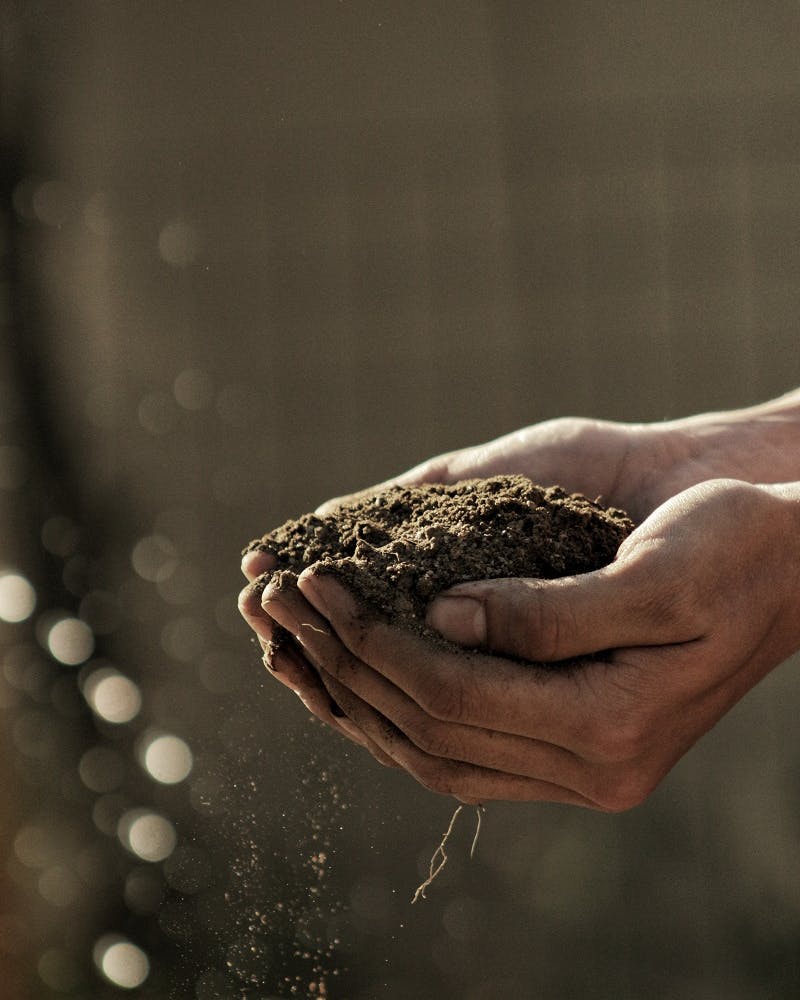
Permaculture and Biodiversity
As you may understand by now, every part of the puzzle serves a multitude of purposes. Ideally, we would never put all our eggs into one basket with anything in life either. This is also why there is, or was, a diversity of food varieties gifted to us by nature. India used to inhabit 110,000 varieties of rice until the 70s for example, each of these offering different characteristics dependant on the area they grew in (flood resilience or bearing medicinal benefits for example). In contrast, the US has experienced a loss of 93% of variety in seeds over the last 80 years. Considering that all foods add different benefits to soil health, provide nutrients to people and other plants during different climatic circumstances, this is quite the concerning news.
One of the ways permaculture addresses biodiversity is by growing varieties of vegetables, flowers, herbs, fruits and grains in guilds and companions. Pumpkins, beans, and corn build such a companionship. Corn grows first, creating a ladder for beans to climb on. Beans use their superpower of fixing nitrogen to provide valuable fertilizer to its companions. Pumpkins spread their leaves to deter bugs and provide a natural mulch. These three use light and space without taking any from the other. To top it off, if we combine them on our plates, we have the carbohydrates, protein, and vitamins we need for a sustainable diet. Bon Appetit!

The Benefits of Permaculture on the Environment and People
We humans tend to think in problems, making it difficult to think long term, as we are focused on solving the issue in front of us. In nature, there is always a balance between input and output, or labor and yield, so there is always enough for everyone.
- Alleviating Poverty
Poverty as we know it, does not exist in nature. Intending to mimic nature, applying the principles of permaculture could be a solution to alleviating poverty, a problem that the UN intends to address with their 17 SDGs. Simply, we could achieve self-sufficiency by growing foods in our community, using local resources. It goes beyond growing food though. The innovative way of thinking and creating resilience can be applied when creating communities and building sustainably. There are many little steps that can be taken for everyone, starting from reducing waste in the kitchen, growing local seasonal fare in small spaces, or lobbying towards green spaces in cities. - Reducing waste
One of the principles of permaculture is reducing the waste we produce. There is no waste in nature: food waste turns into compost, which feeds the plants that we eat, and the waste will be turned into compost again. Everything is part of the cycle. Plastic for example, which we created for convenience, is not part of this cycle, and we are running out of space to get rid of it. - Self-Care
Observing, accepting feedback, responding to change, integrating rather than segregating, using & valuing diversity; does this sound a bit like life philosophy to you? Permaculture may focus primarily on food production, but the ethics and principles can also be applied like a toolbox to wherever we are in our personal life.
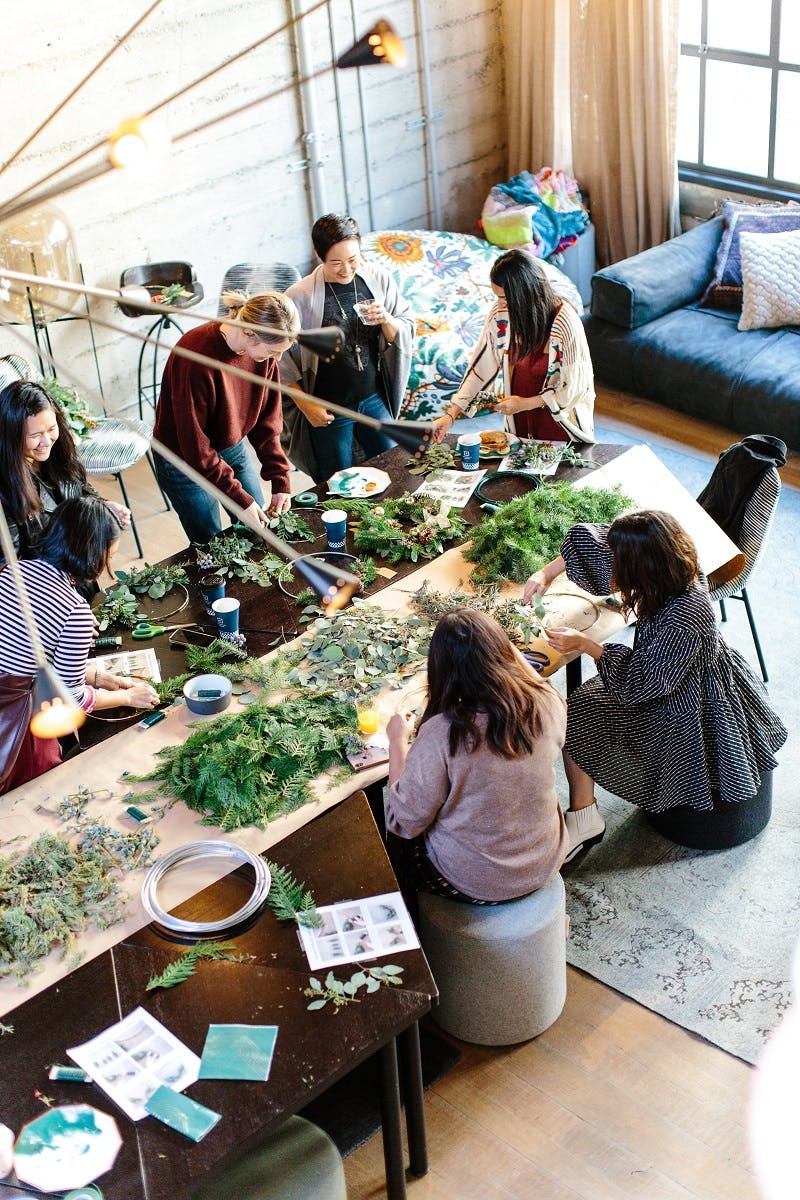
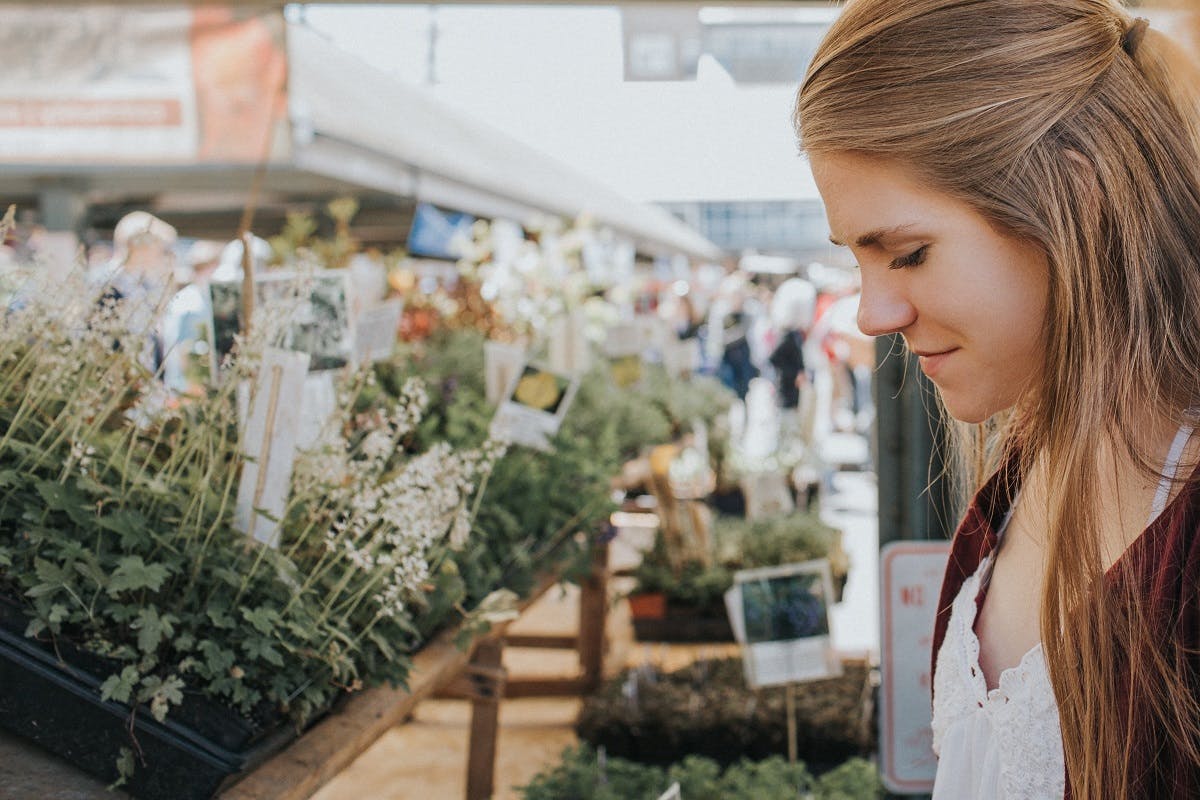
Success Stories
Not many of the permaculture projects around the world measure their impact on the planet, community, nor economy. A reason for this may be the people focusing on the job at hand rather than marketing their story.
- In Australia, Geoff Lawton’s Zaytuna Farm can be considered a success, for his worldwide teaching efforts.
- The Koanga Institute in New Zealand hosts the largest heritage food collection.
- In Austria, Krameterhof succeeds in farming at altitudes impossible for conventional farming techniques.
- The Ferme du Bec in France is conducting research to help design resilient agriculture in times of crisis.
- Both the Greening the Desert Project in Jordan and the Bahrija Oasis in Malta achieved reversing soil erosion by following the permaculture principles.
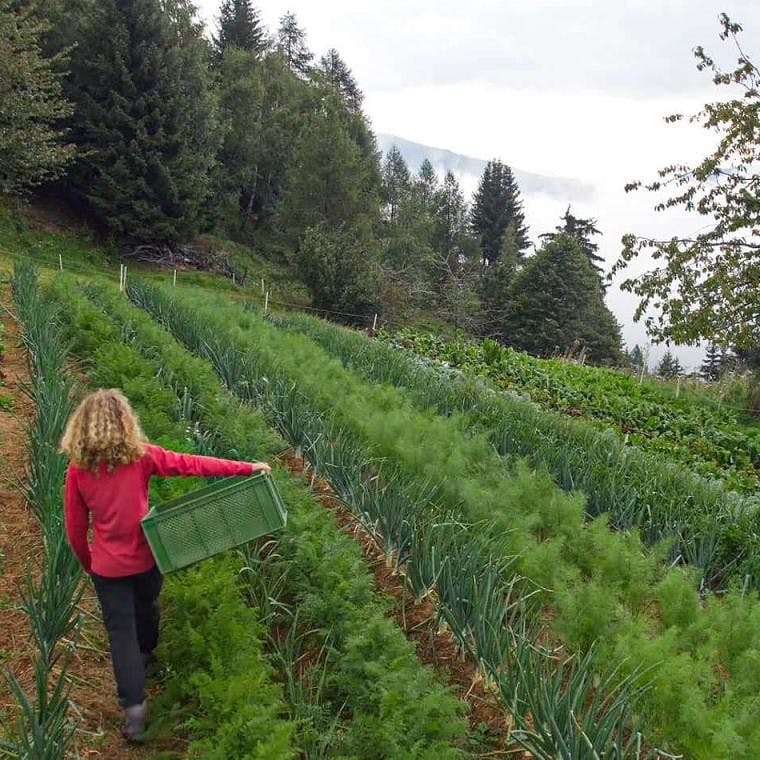
Can permaculture be a scalable solution to feed the world?
Looking at these success stories and benefits, why are we not applying permaculture to our everyday farming? Simply said – permaculture can never succeed when trying to align with conventional farming. It is a different system, that is not meant to work that way.
Conventional farming would have to move away from monocrop-farming and introduce a much higher diversity of foods. The practices of companion planting and food forests, the ‘no-till’ method, the absence of pesticides and fertilizers, and the concept of zones for decreasing distances from farm to table would require a complete overhaul of the food industry as we know it today. Scaling requires more scientific research and rules and regulations set as done in organic farming, which conflicts with permaculture’s individual approach to farming depending on the local circumstances.
If farming in a decentralized way was a solution; if people were re-skilled to understand the benefits of growing food for their communities; if we valued the quality in foods we consume and protected the loss of biodiversity in the world and on our plates, securing abundance for the future generation – then, permaculture could be a scalable solution in a de-globalized way, where people are empowered and live sustainably.

The Drawbacks of Permaculture
Newcomers may have the romantic vision of volunteering on a farm for a while, digging some swales, mulching some beds, planting a food forest, and then nature can do its thing. Working with nature always requires some work, no matter how smart the solutions. There is a difference between rewilding your garden and growing your food, and the latter requires observation, adjustment and one important element: time.
Most projects take many years to evolve, as we can see from the success stories mentioned above.
If permaculture enthusiasts study the principles away from their home, they need to invest time to identify the different requirements of their environment at home before they start digging.
What often goes hand in hand with time? Money. Permaculture courses are not cheap, and not everyone can afford to travel or buy their own land to practice its teachings. Online courses have helped hugely in this aspect; however for now, this aspect makes permaculture less accessible to the public as it is intended to be.
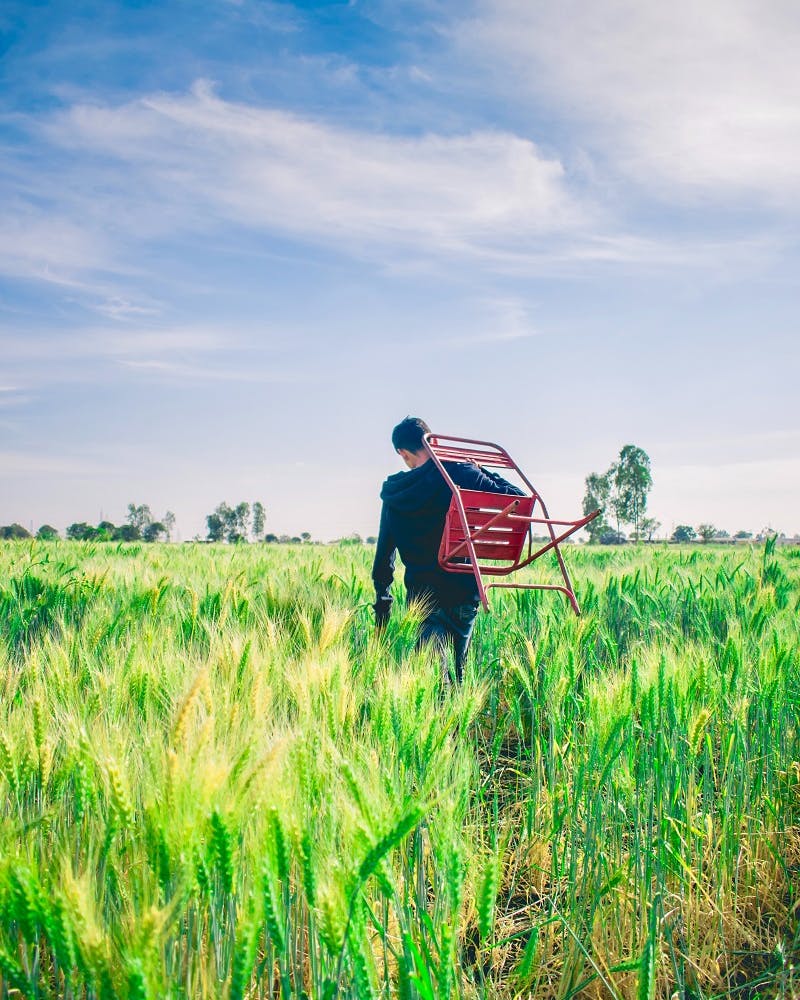
Permaculture - Where to Start
What does this all mean for you?
Think back to the ethic of care for self. You do not have to change your life completely straightaway, but you can take responsibility for your actions, one step at a time. Which of the principles feel most important to you? What are some of the challenges in your life or your region that you can find solutions to?
You can use fewer plastic products, grow herbs on your windowsill or tomatoes on your balcony. You can buy food from a regional organic farm, or choose restaurants that do so, investing in yourself with healthy foods that provide more nutritional value than foods wrapped in plastic from the supermarket.
If you want to become self-sufficient, start by asking yourself the questions: What do you like to eat? What grows in your region at what time of the year? There are plenty of resources online to get you started.
If you have a garden, but don’t want to grow your own food, why don't you rewild it or think about getting involved in larger-scale rewilding projects? This will help to reduce carbon footprint, and without knowing, you secretly become an environmental activist, following many of the permaculture principles and ethics!
If this article has inspired you, take an online or offline permaculture course or read more about how you can adapt the principles into your life!
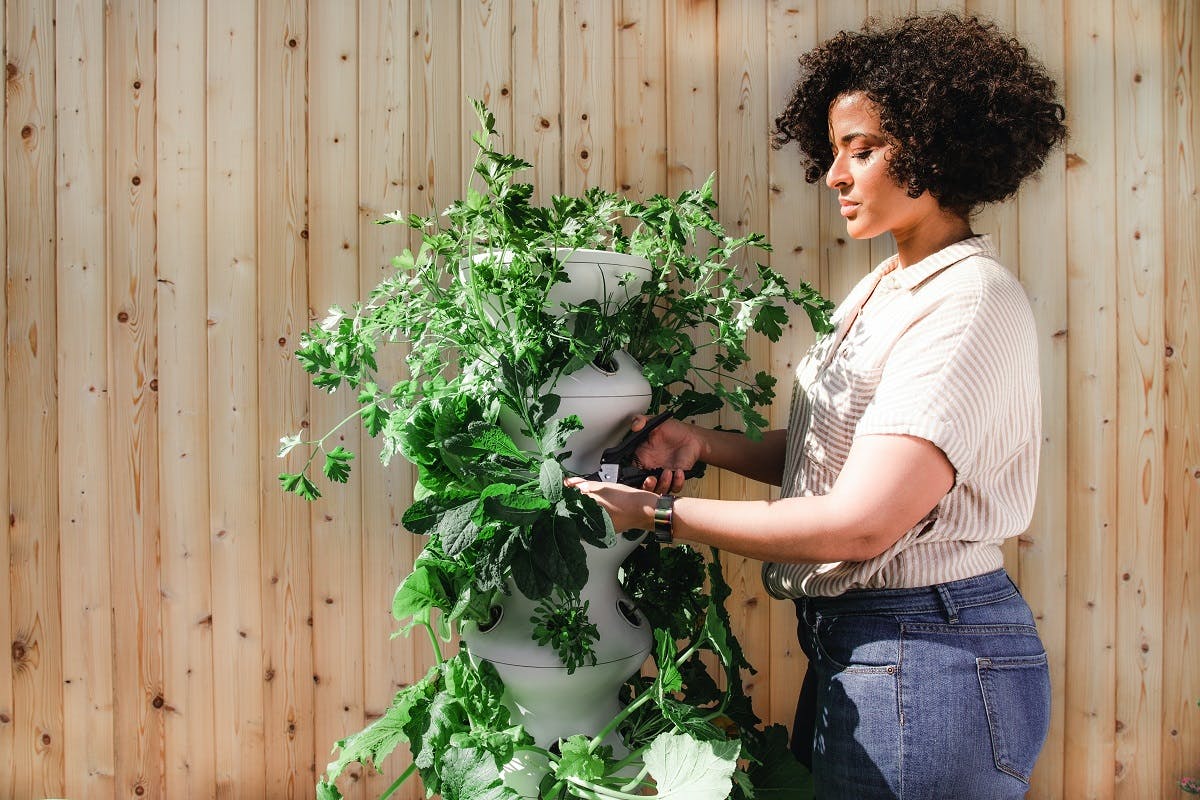
Glossary of Terms
Perennial agriculture, the cultivation of crop species that live longer than two years without the need for replanting each year
Swales – natural or human-made shallow channel with gently sloping sides
Mulching – protective layer of a material that is spread on top of the soil
Guilds - grouping of plants, trees, animals, insects, and other components that work together to help ensure their health and productivity.
UN – United Nations
SDG – Sustainable Development Goals
Sources & further reading

 Think about Zones and Sectors around topography: water sources, wind, sunlight, and human activity; the goal is to create optimal efficiencies and usage.
Think about Zones and Sectors around topography: water sources, wind, sunlight, and human activity; the goal is to create optimal efficiencies and usage.